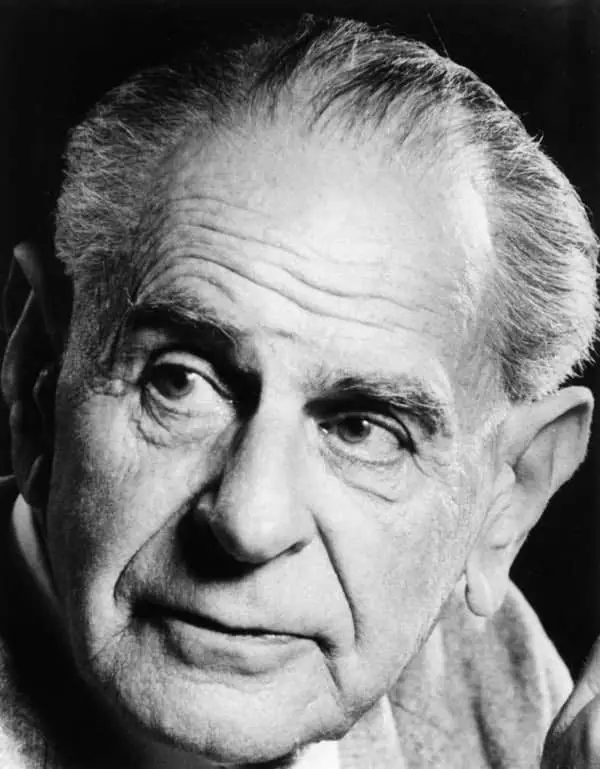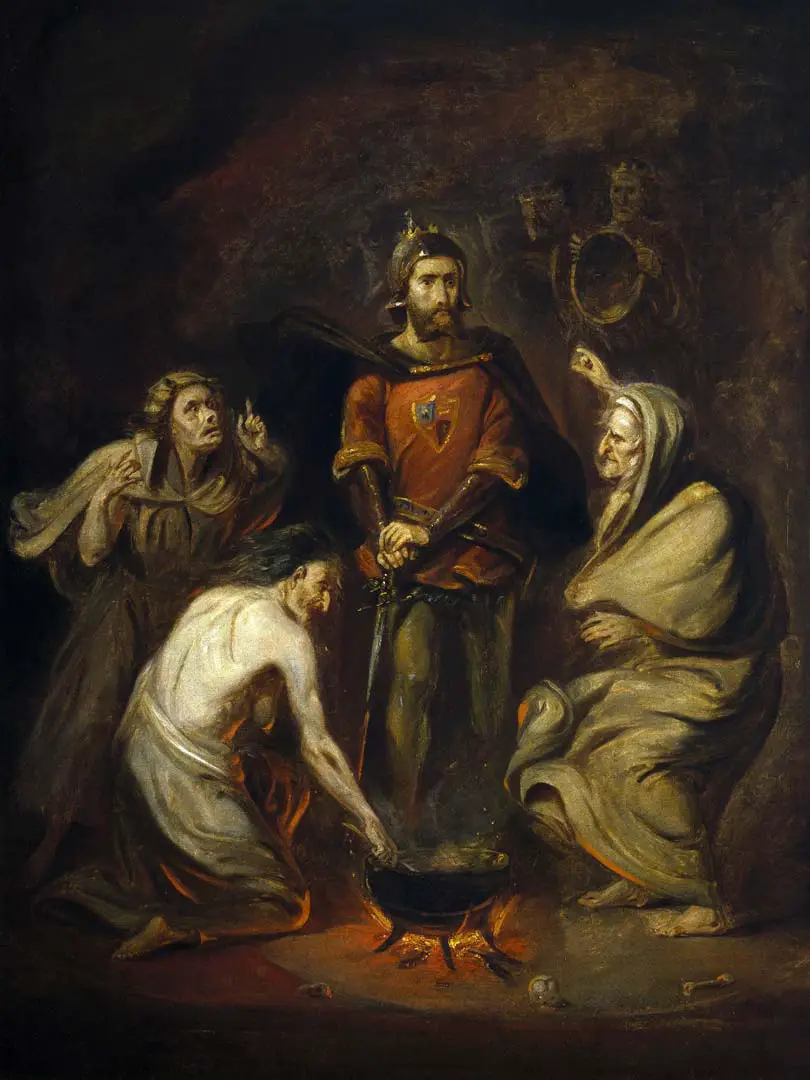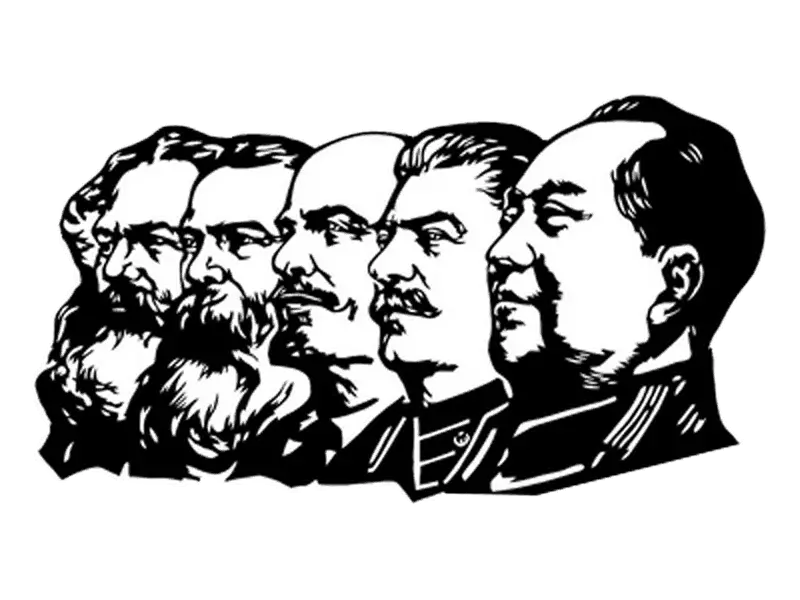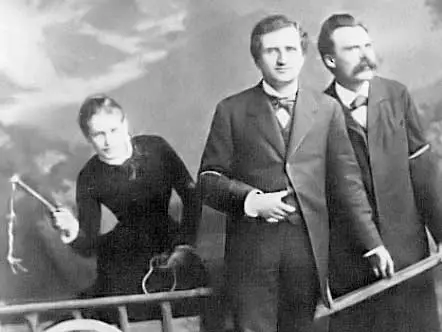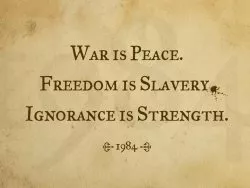Peto’s paradox
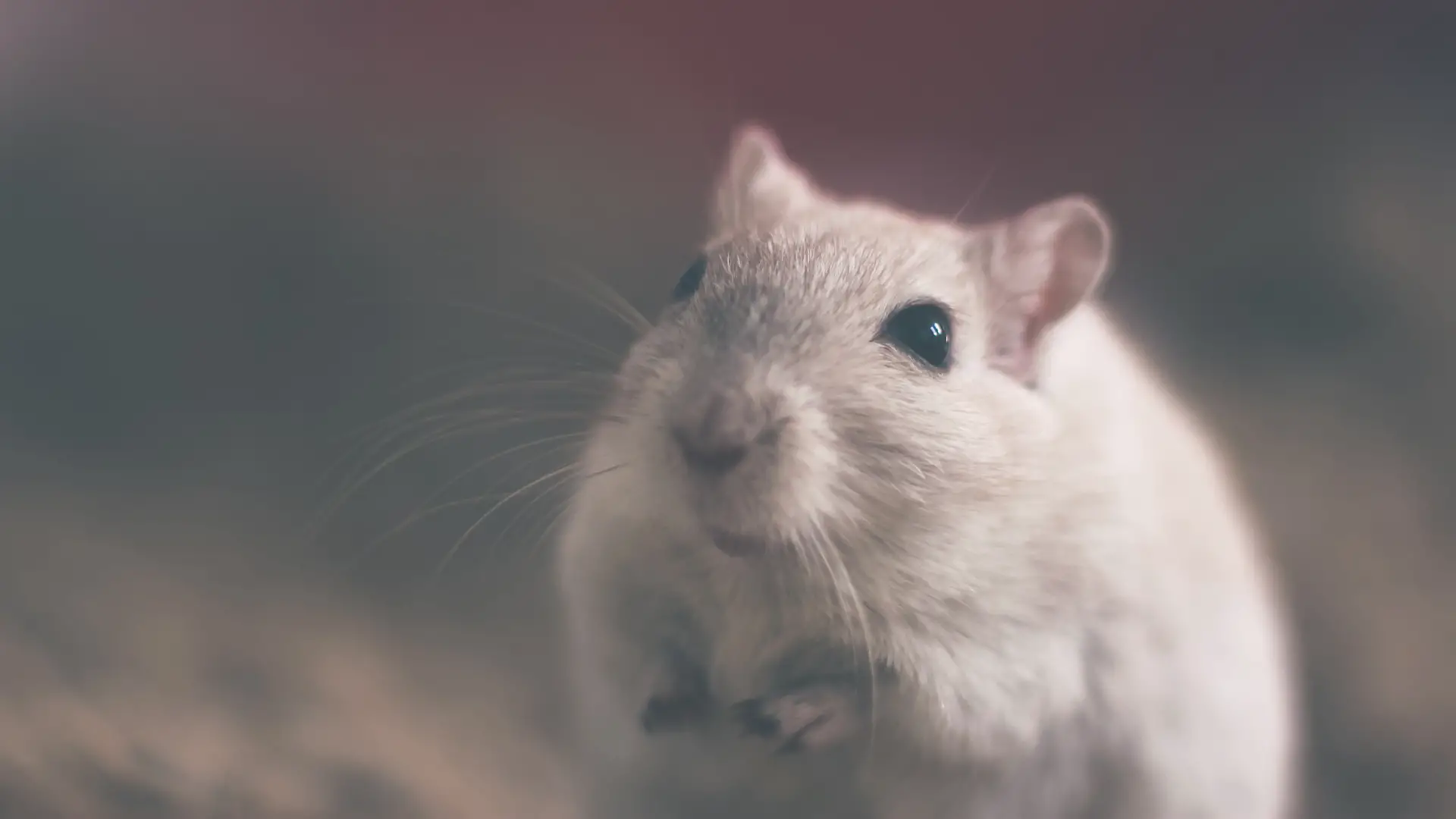
After writing a few recent articles on politics and philosophy, I am happy to do a light one on paradoxes again – today: Peto’s paradox. Peto’s paradox is not a humorous one, like the South Park paradox, but one of those nerdy science ones like the Ross-Littlewood paradox.
Peto’s paradox originates from a relatively simple observation by … Richard Peto that there is no correlation between the size of an animal and risk of cancer. When we look at species, the (bio-)logical assumption would be that the larger the species, the higher the chances of appearance of cancer should be. Peto observes that this is not the case – the largest mammals, such as whales, do not have higher rates of cancer than do humans, despite whales having a higher number of cells than humans, and therefore in theory a higher chance for mutation of cells. Similarly, humans do not have a higher rate of cancer than some types of mice, despite being larger than those mice.
Peto originally observed this in his Epidemiology and Multistage Models back in 1977 (you know, when nobody reading this was alive). His original comparison was between humans and mice, saying that
A man has 1000 times as many cells as a mouse … and we usually live at least 30 times as long as mice. Exposure of two similar organisms to risk of carcinoma, one for 30 times as long as the other, would give perhaps … a million or a billion … times the risk of carcinoma induction per epithelial cell. However, it seems that, in the wild, the probabilities of carcinoma induction in mice and in men are not vastly different.
Epidemiology, Multistage Models, and Short-term Mutagenicity Tests, p. 1413 (pdf)
The key here is the word ‘species’. When comparing members of the same species, it seems that size does matter – or at least, there seems to be a strong correlation between size and risk of cancer. That is to say that the larger a human (especially if they are taller!), the higher the risk of cancer. After Peto’s observations, several studies were initiated to find corroborating evidence. Evidence supporting this is quite high with numerous studies supporting the relationship between size of species and risk of cancer. These studies also account for socio-economic and environmental differences, such as smoking and drinking.
1However, once a comparison starts across species, there is no positive correlation between size of animals and risk of cancer. A relatively recent article that looked into a relationship between size and cancer risk among 36 species – ranging from mice to elephants – could not establish a relationship across species for size and cancer (source).
What accounts for ‘the probabilities of carcinoma induction in mice and in men’ not being ‘vastly different’, Peto concludes in that same article, is likely due to evolution. The way cells have evolved among species is very different and there may be a good reason why resistance to cancer has not evolved in all species equally: sex! Technically, it’s not sex but fertility – fertility rates are significantly lower in larger mammals than in smaller ones. [Sidenote: If Freud was alive, he would laugh about this.] So, while in absolute terms a resistance to cancer would seem a beneficial move, from an evolutionary perspective reduced fertility rates may be more detrimental to species than higher risks of cancer.
Furthermore, as new research in this field is growing, we discover that genes suppressing cancer may also account for varying degrees of cancer risk. Most interesting of these is gene TP53 that shows up 20 times in elephants (and 14 times in the mammoths), while it appears only once in humans.
2Next to the evolutionary explanation that Peto suggested and which seems to have supporting evidence, there is another factor that plays a role: difference in cell size and cell-division rates. I say a ‘factor’, because it does not neglect the paradox but only offers an additional explanation to evolution. Maciak and Michalak thus point out that the cells of larger animals will divide at a slower rate, which reduces cancer risk. A slower division rate means fewer divisions in the life-span of a species and therefore also fewer chances for mutations (i.e. cancer).
Peto’s paradox is thus not much of a paradox after all; or at least not any more. Combined with the evolutionary explanation that Richard Peto offered, the paradox can be explained by … science.
- See, for example, any of these
articles:Caulin, A. & Maley,
C (2011). Peto’s Paradox: Evolution’s Prescription for Cancer Prevention in Trends
in Ecology and Evolution, 26 (4), pp. 175-182. Article on PubMed.Smith, G. & Shipley,
M. (1998). Height and mortality from cancer among men: prospective
observational study in BMJ, 317 (7169), pp. 1351-1352. Article on PubMed.Green, J., et al. (2011).
Height and cancer incidence in the Million Women Study: prospective cohort, and
meta-analysis of prospective studies of height and total cancer risk in Lancet
Oncology, 12 (8), pp. 785-794. Article on PubMed.Fleming, J.M. &
Creevy, K.E. (2011). Mortality in North American Dogs from 1984 to 2004: An
Investigation into Age-, Size-, and Breed-Related Causes of Death in Journal
of Veterinary Internal Medicine, 25 (2), pp. 187-198. Article on PubMed. - See these articles:
Callaway, E. (2015).
How elephants avoid cancer: Pachyderms have extra copies of a key
tumour-fighting gene in Nature, 526, pp. doi:10.1038/nature.2015.18534.Sulak, M., et al. (2016).
TP53 copy number expansion is associated with the evolution of increased body
size and an enhanced DNA damage response in elephants in eLife, 5,
Article on PubMed.

